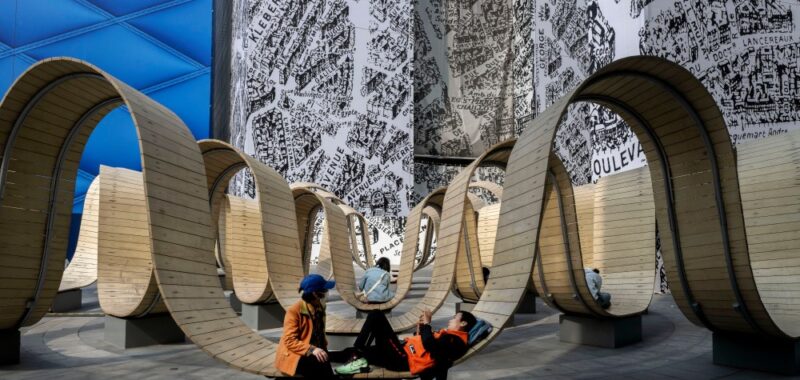Chinese luxury spending is still growing slower than expected despite jumps in offshore spending in Japan, according to a latest report from Bernstein.
According to the report titled “China is in the repair shop,“ Chinese spending on luxury goods has yet to recover to pre-COVID-19 levels, when they saw 20 percent annual growth.
On its home turf, footfall at mainland Chinese luxury shopping malls has been on a single-digit decline year-to-date, while luxury sales are falling in the double digits in the same period, according to Bernstein, which attributed the dips partially to an excessive number of malls that opened in 2023. Bernstein counted 277 new store openings in 2023, compared to 191 new stores in 2022 and 213 new stores in 2021.
A faltering housing market has meant many Chinese consumers are less willing to splurge on luxury goods. “Lower real estate prices have dissipated the consumer wealth effect and boosted people’s propensity to save, as they feel poorer,” wrote the report.
Bernstein expects 6 percent growth for the Chinese cohort in 2024, assuming the market recovers progressively. “Newly introduced measures to make it easier for consumers to step up the real estate ladder and mop up excessive housing inventory are seemingly providing initial encouraging signs,” wrote Bernstein.
Based on a recent trip to China, Bernstein said that the local market is “far from a bear case situation.”
“Social stability and security are high, absolute poverty has been stamped out, the wealth inequality gap has reduced, the general mood in Chinese cities is vibrant and dynamic, with people out in droves,” wrote the report.
However, Bernstein laid out the worst case scenerio as well, if the housing market continue to worsen.
“Failure to break the doom loop would usher a bear case on China,” wrote the report. “A deepening economic crisis would bring higher social tensions and increase the risk of more ‘anti wealth’ policies. This in turn would accelerate capital flight and brain drain.”
Another major headwind is uncertain Sino-American relations.
“Decoupling is hurting China as capital inflows have plummeted. It takes two to tango, though: China has embraced a nonconfrontational stance in the face of increasing tariffs from the U.S., but adverse bipartisan policies in Washington vis-à-vis China are providing an additional headwind to Chinese GDP growth,” wrote Bernstein.
Brand-wise, Bernstein said mega-brands, including Hermès, Louis Vuitton, Dior, Van Cleef & Arpels and Cartier, “are hanging in there,” with a handful of small brands, including Miu Miu, Moncler and Buccellati, finding growth opportunities.
However, Gucci, Burberry and Salvatore Ferragamo has seen significant decline, “with Burberry seen in a more difficult predicament than Gucci,” in the local market, noted the report.
“While the recent Gucci shows have attracted better feedback in the West, one doesn’t feel the ‘new Gucci’ in store. Influencers point out that Gucci is not improving, despite significant social media spend and effort,” the report added.
To some extent, these players categorized by Bernstein as “self-help stories” might be losing market share to local brands as the aspirational shopper begins to trade down.
“This shift presents opportunities for emerging domestic brands, evidenced in beauty, accessories and jewelry segments, though to a lesser extent for the latter,” the report added.
The gold jewelry brand Laopu and the accessible luxury handbag label Songmont are two local contenders mentioned by Bernstein.
“Lao Pu in jewelry has shot to fame, on the back of traditional Chinese motives and a concentration on 24-[karat] gold; Songmont’s subdued aesthetics has resonated with a quiet luxury zeitgeist,” the report noted.

